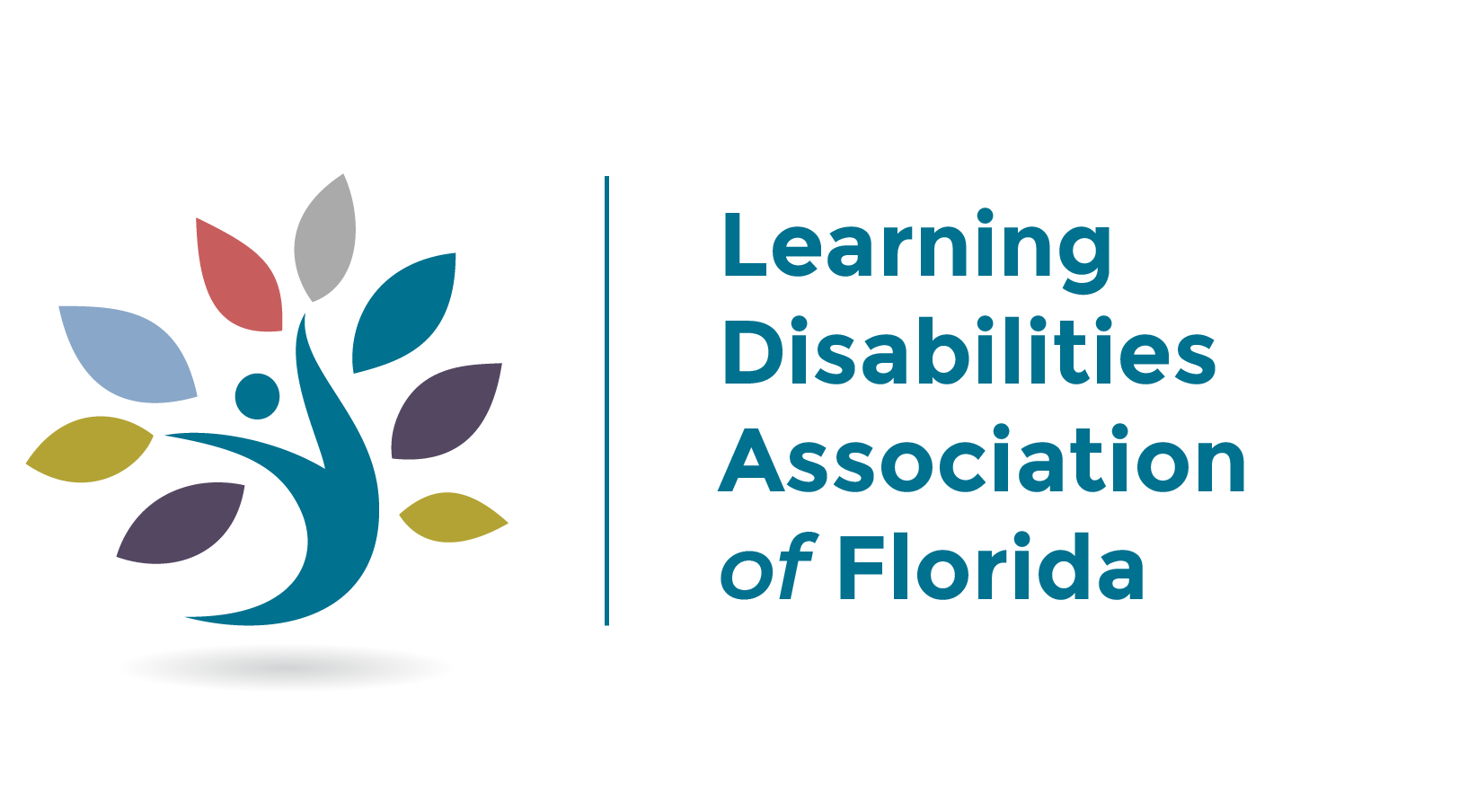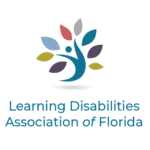Affects a person’s ability to understand numbers and learn math facts.
Individuals with this type of learning disability demonstrate impaired math calculation skills and difficulty understanding numbers and math facts.
Dyscalculia is associated with weaknesses in fundamental number representation and processing, which results in difficulties with quantifying sets without counting, using nonverbal processes to complete simple numerical operations, and estimating relative magnitudes of sets.
Because these math skills are necessary for higher-level math problem solving, quantitative reasoning is likely impaired for these individuals.



